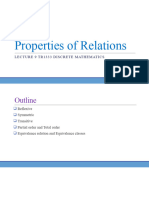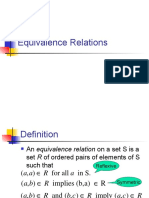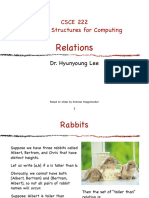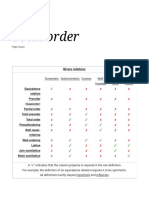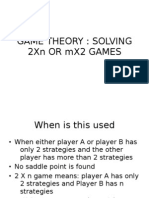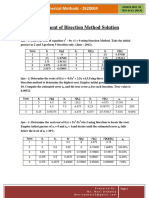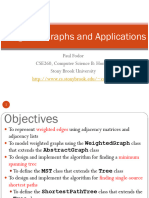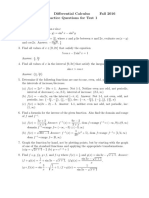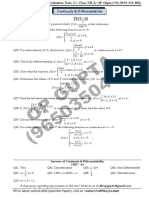0% found this document useful (0 votes)
72 views11 pagesEquivalence & Partial Orders
Jabin T H
Dept. of Computer Applications
MES Asmabi College, P Vemballur
Uploaded by
Mohamed MishalCopyright
© © All Rights Reserved
We take content rights seriously. If you suspect this is your content, claim it here.
Available Formats
Download as PDF, TXT or read online on Scribd
0% found this document useful (0 votes)
72 views11 pagesEquivalence & Partial Orders
Jabin T H
Dept. of Computer Applications
MES Asmabi College, P Vemballur
Uploaded by
Mohamed MishalCopyright
© © All Rights Reserved
We take content rights seriously. If you suspect this is your content, claim it here.
Available Formats
Download as PDF, TXT or read online on Scribd
/ 11







